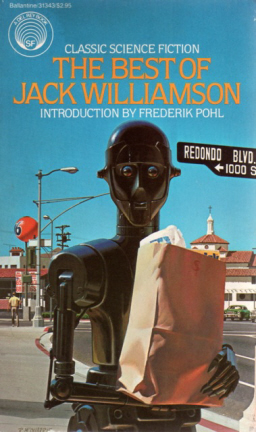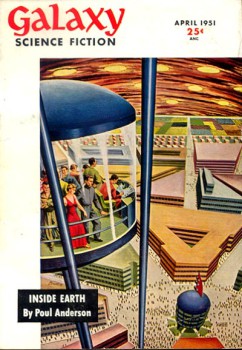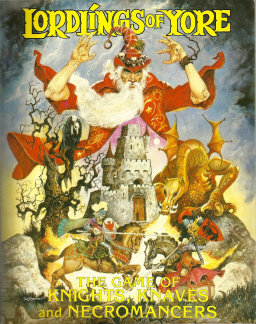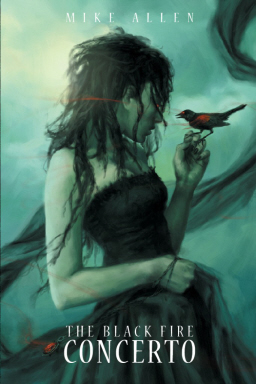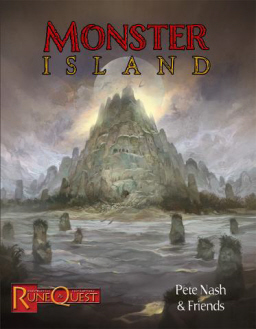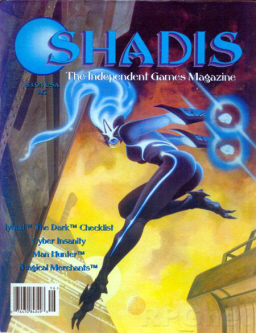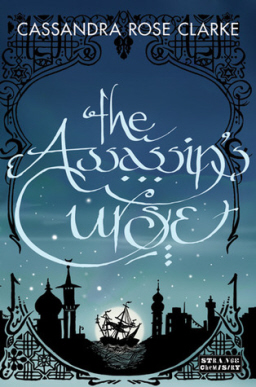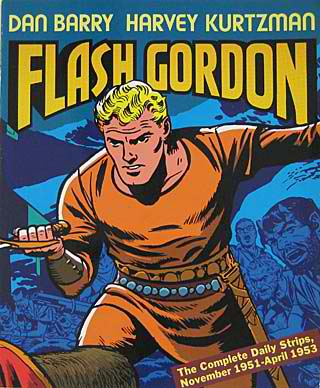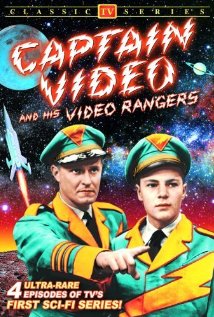Giant Season: A Review of Shingeki no Kyoujin (Attack on Titan)
I love anime, but I’d fallen out of the habit of watching it. The last series I finished was Claymore, nearly a year ago, and that disappointed me with paper-thin worldbuilding, slow animation, and one-note characters. Anime was beginning to look like a habit I’d dropped.
And then, based on a massive Internet buzz, I watched the first episode of Shingeki no Kyoujin, aka Attack on Titan. Within that short period — a mere twenty-two minutes, minus commercial interruptions — it became clear that I had stumbled across something great. I was moved, horrified, tantalized with the promise of soaring action to come, and, most importantly of all, captured by the mystery and terror of a bizarre world.
Take a moment to ravish your eyes on the glory of this opening song, which added a layer of fresh hair to my already-manly chest:
http://www.youtube.com/watch?v=m2ju9FJNHJc
